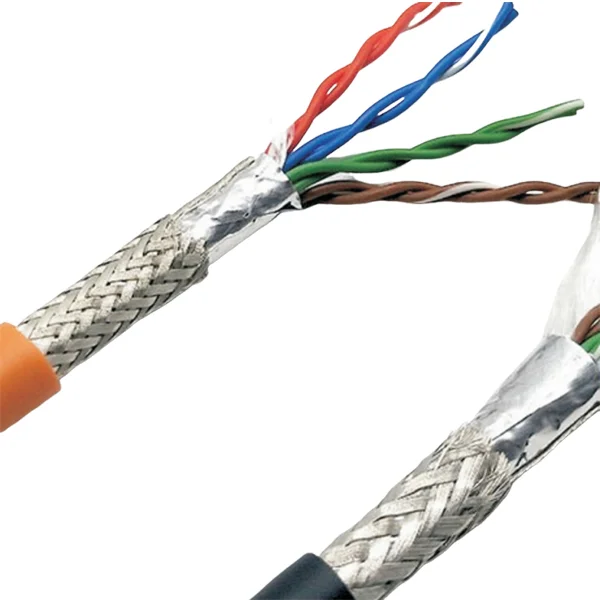When it comes to vehicle maintenance, few components are as critical as the braking system. At the heart of modern braking systems lies the Brake Electronic Control Unit (ECU), a sophisticated piece of technology that manages various functions to ensure optimal performance and safety. However, like any electronic system, the Brake ECU may occasionally require a reset due to faults, software updates, or after replacing brake components. In this article, we will delve into the intricacies of resetting the Brake ECU, providing you with a detailed, step-by-step guide that is both practical and informative.
Understanding the Brake ECU
Before we dive into the reset process, it’s essential to understand what the Brake ECU does. The Brake ECU is responsible for monitoring and controlling the braking system, including Anti-lock Braking System (ABS), Electronic Stability Control (ESC), and traction control. It processes data from various sensors, such as wheel speed sensors and brake pedal position sensors, to optimize braking performance and enhance vehicle safety.
Why Reset the Brake ECU?
There are several scenarios in which you might need to reset the Brake ECU:
- After Replacing Brake Components: If you’ve replaced parts like the brake pads, rotors, or calipers, the ECU may need to recalibrate to recognize the new components.
- Fault Codes: If the vehicle’s diagnostic system detects a fault in the braking system, it may trigger warning lights on the dashboard. Resetting the ECU can clear these codes and restore normal operation.
- Software Updates: Manufacturers occasionally release software updates to improve performance or address known issues. Resetting the ECU may be necessary to apply these updates effectively.
Step-by-Step Guide to Resetting the Brake ECU
Step 1: Gather Necessary Tools
Before you begin, ensure you have the following tools on hand:
- OBD-II scanner (preferably one that can access ABS codes)
- Vehicle owner’s manual
- Basic hand tools (screwdrivers, wrenches, etc.)
- Safety gear (gloves, goggles)
Step 2: Prepare the Vehicle
- Park Safely: Ensure the vehicle is parked on a level surface and turn off the ignition.
- Disconnect the Battery: For safety, disconnect the negative terminal of the battery. This will help prevent any electrical shorts during the reset process.
Step 3: Access the Brake ECU
- Locate the ECU: Depending on your vehicle model, the Brake ECU may be located under the dashboard, near the brake pedal, or in the engine compartment. Refer to your owner’s manual for specific location details.
- Inspect Connections: Check the wiring and connectors for any signs of damage or corrosion. Clean or repair as necessary.
Step 4: Use the OBD-II Scanner
- Reconnect the Battery: Reconnect the negative terminal of the battery.
- Plug in the OBD-II Scanner: Connect the scanner to the vehicle’s OBD-II port, usually found under the dashboard.
- Turn on the Ignition: Switch the ignition to the On position without starting the engine.
- Access ABS Codes: Navigate through the scanner’s menu to access the ABS module. Here, you can read any fault codes that may be present.
Step 5: Clear Fault Codes
- Select Clear Codes: Follow the prompts on the scanner to clear any existing fault codes. This action will reset the Brake ECU.
- Confirm Reset: After clearing the codes, the scanner should confirm that the reset was successful.
Step 6: Test Drive the Vehicle
- Start the Engine: Turn on the vehicle and allow it to idle for a few minutes.
- Perform a Test Drive: Take the vehicle for a short drive, testing the brakes to ensure they function correctly. Monitor the dashboard for any warning lights.
Additional Considerations
- Consult the Manual: Always refer to your vehicle’s service manual for specific instructions related to your model.
- Professional Help: If you’re uncomfortable performing the reset yourself or if issues persist, consider consulting a professional mechanic. They have the expertise and tools necessary to diagnose and resolve complex braking system problems.
Conclusion
Resetting the Brake ECU is a crucial skill for automotive enthusiasts and DIY mechanics alike. By understanding the function of the Brake ECU and following the outlined steps, you can effectively manage your vehicle’s braking system, ensuring safety and performance. Remember, regular maintenance and timely resets can prevent larger issues down the road, keeping you and your passengers safe on the road.



